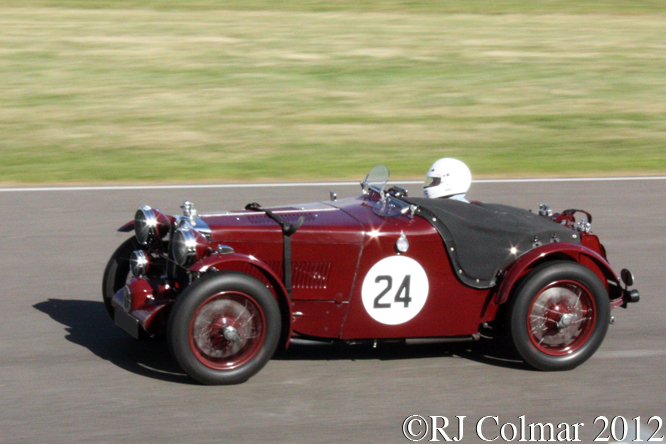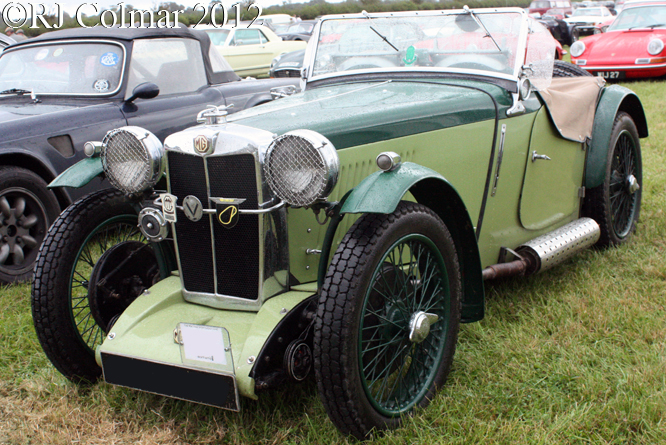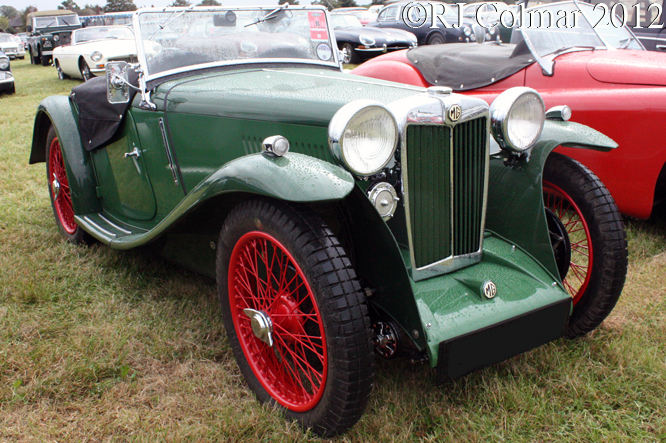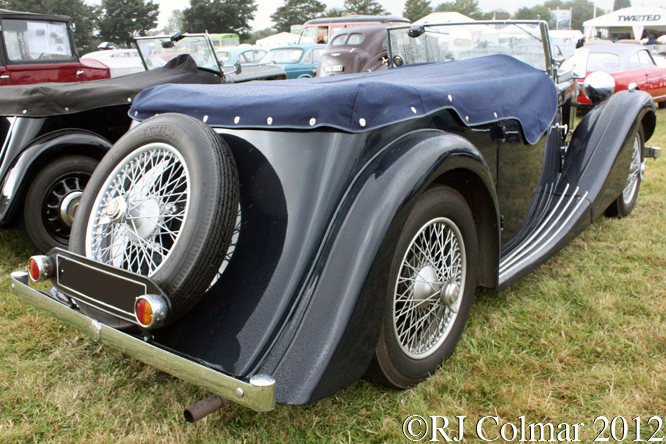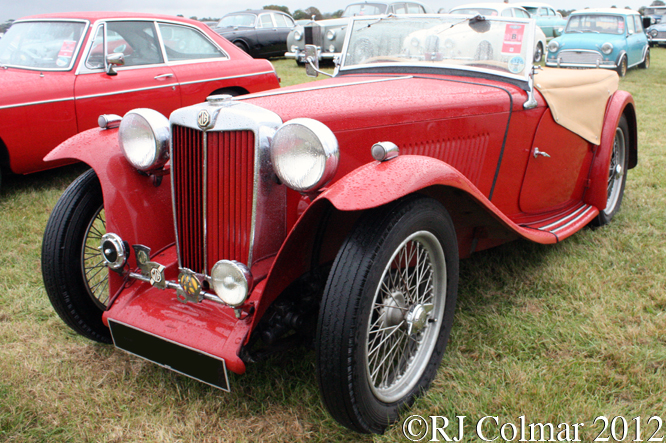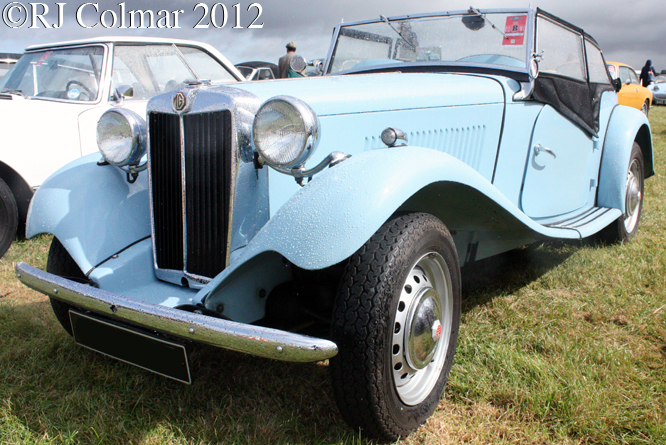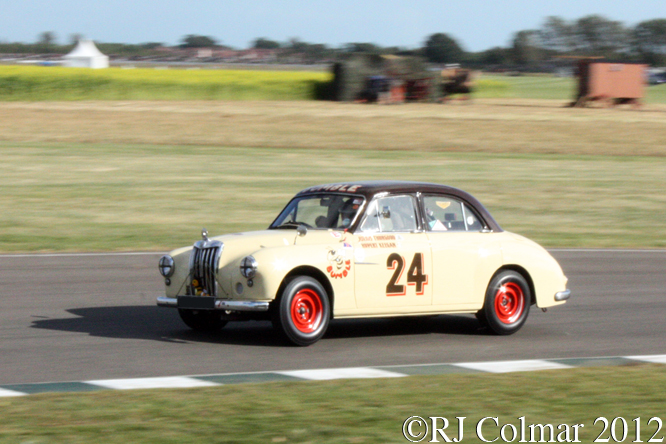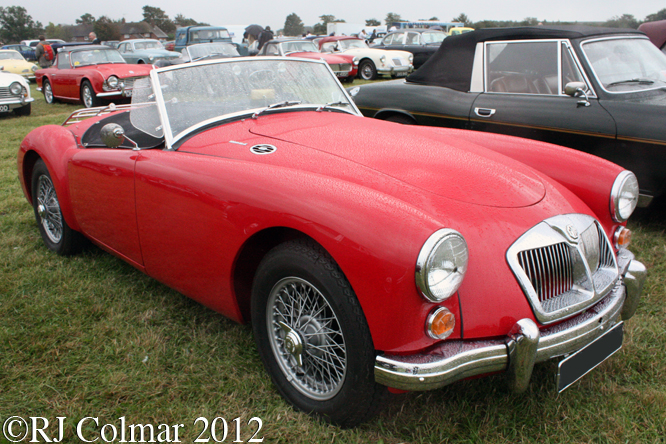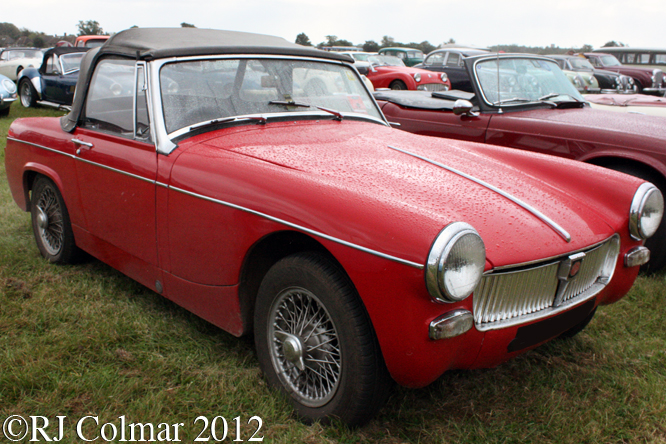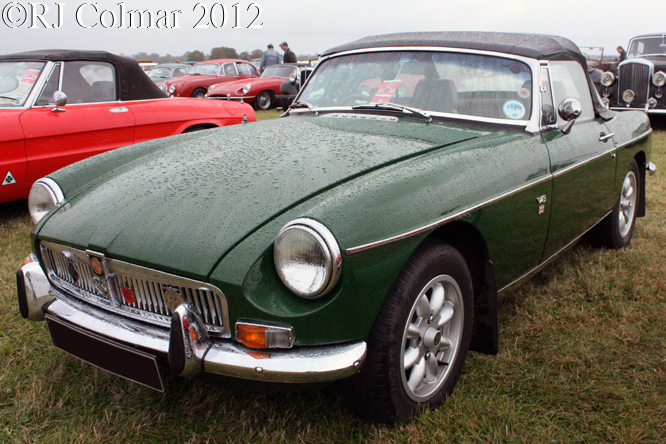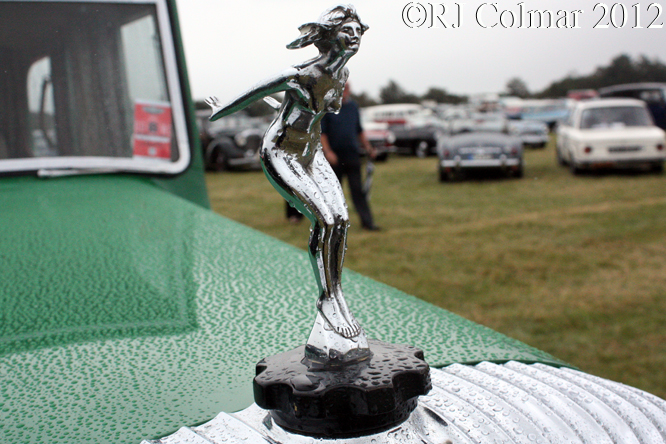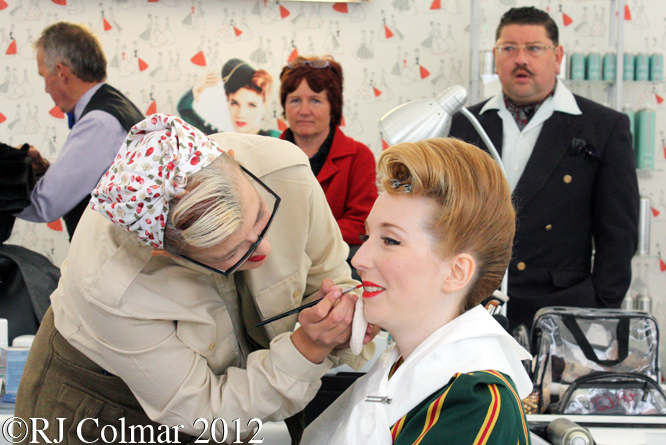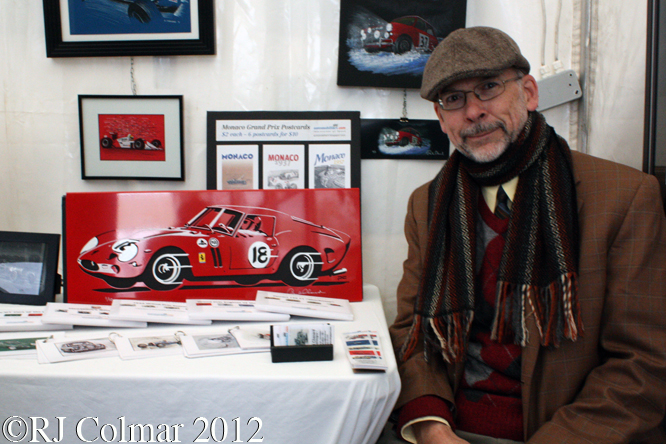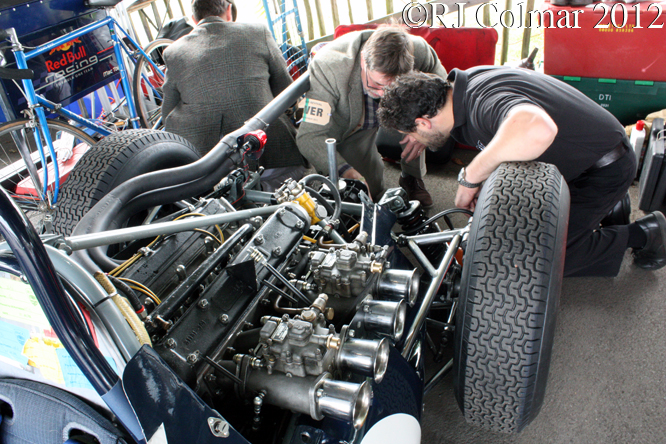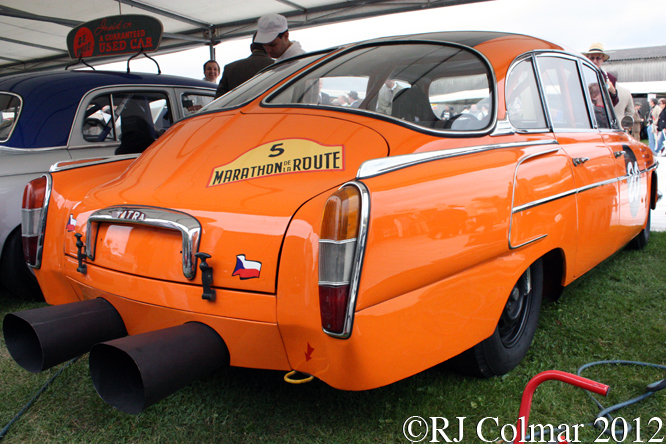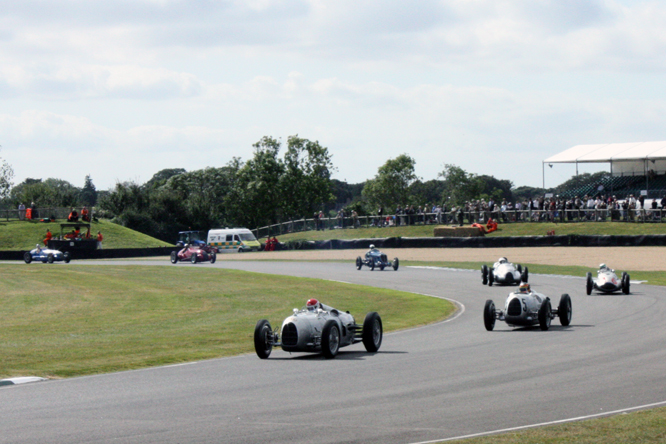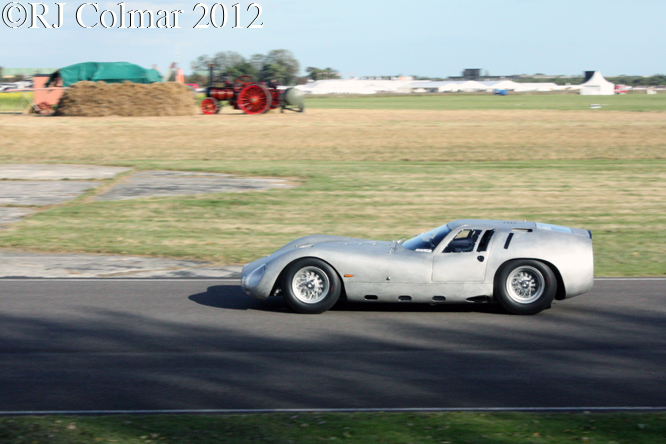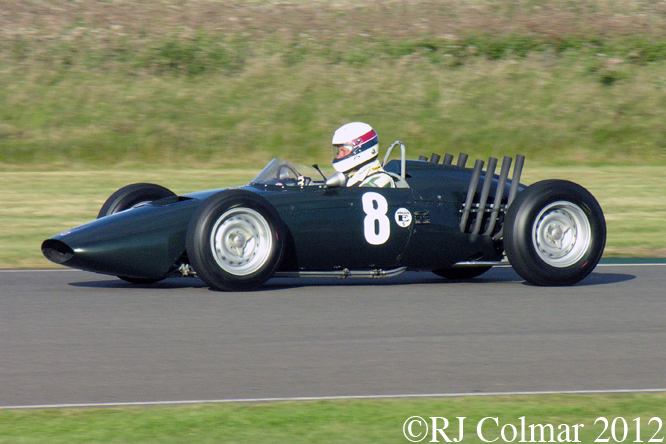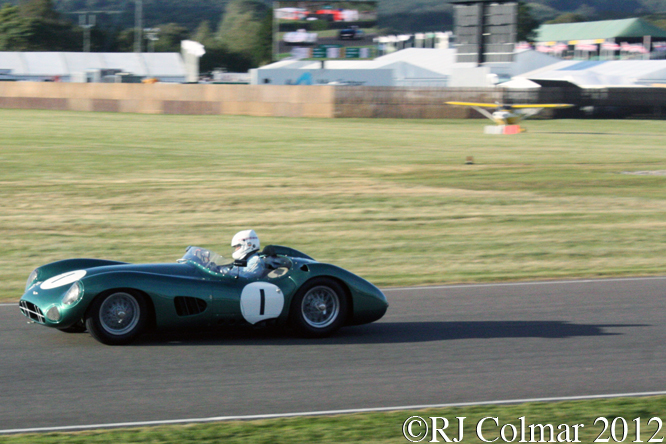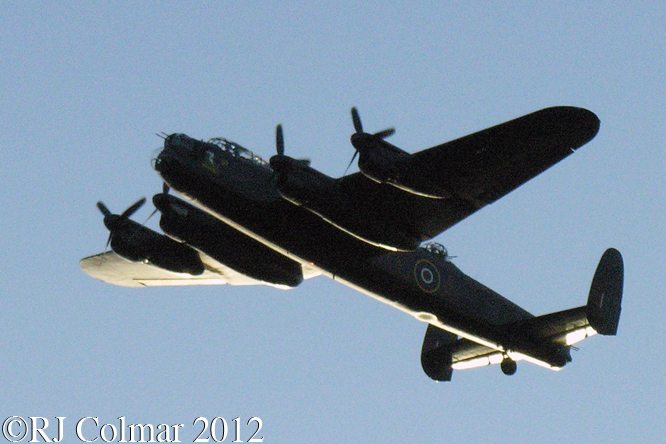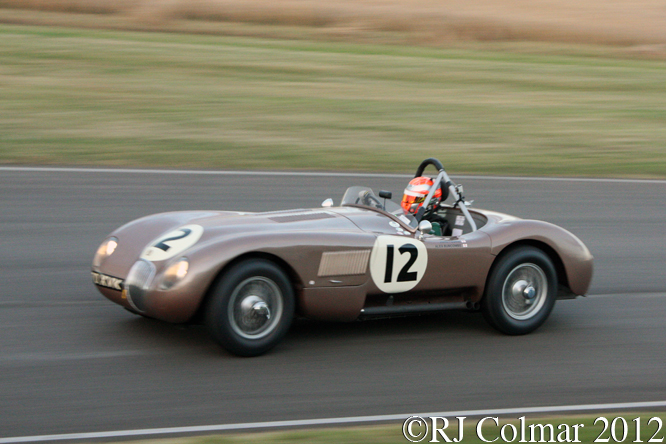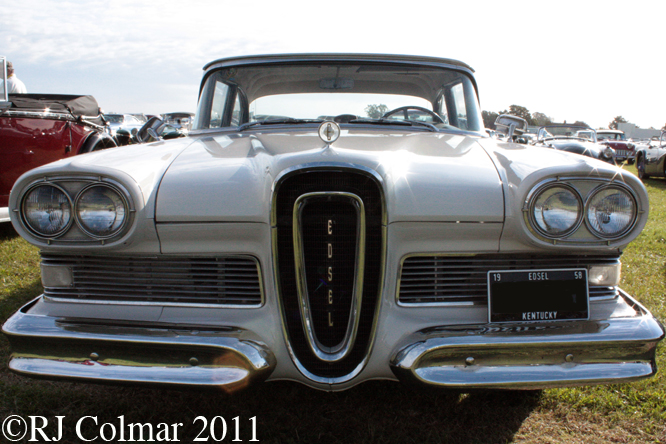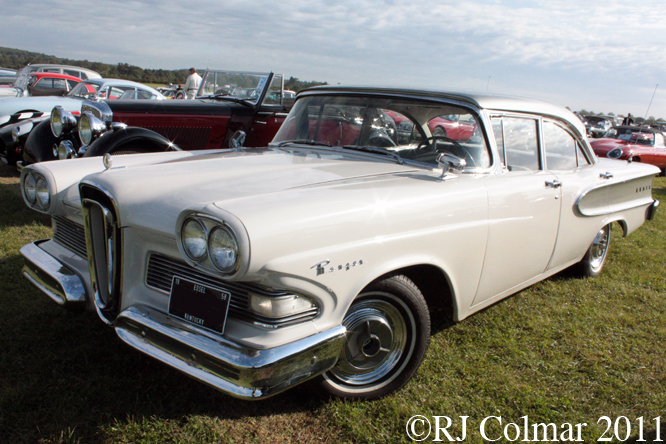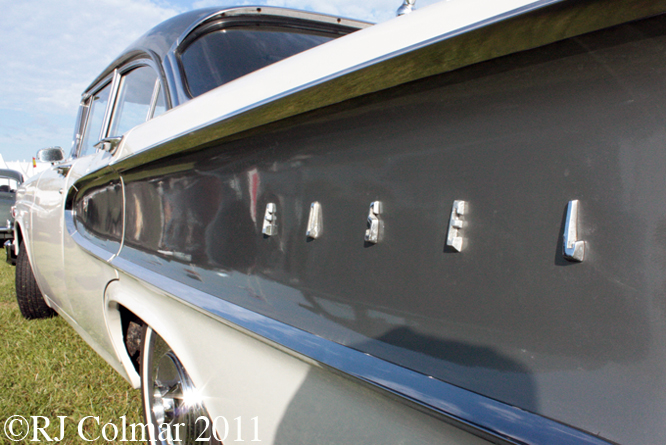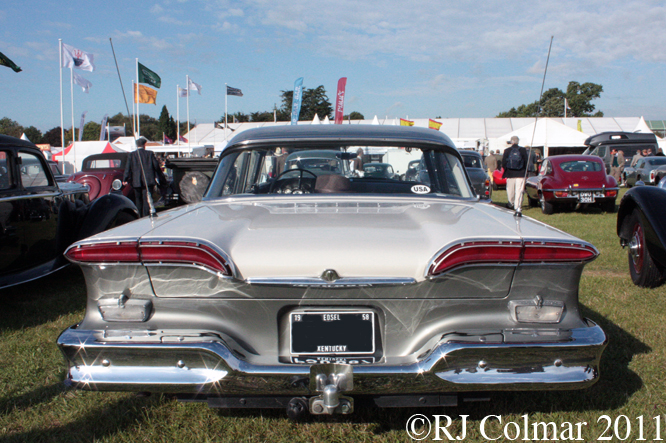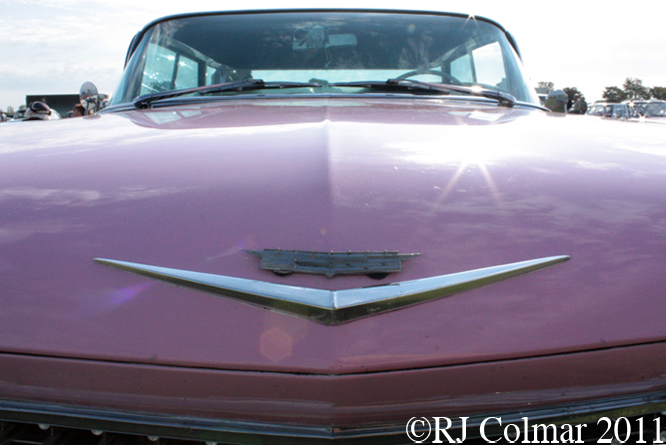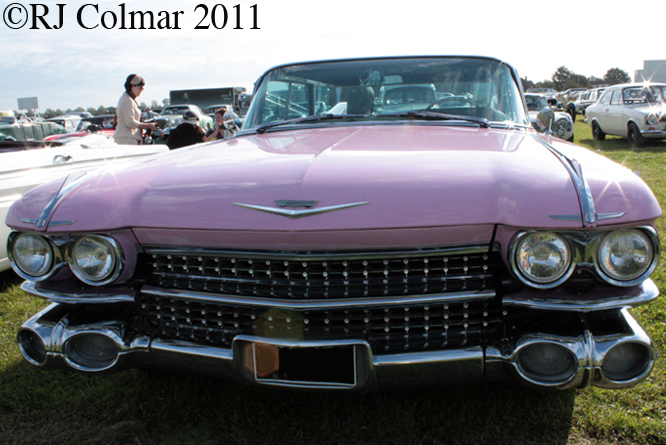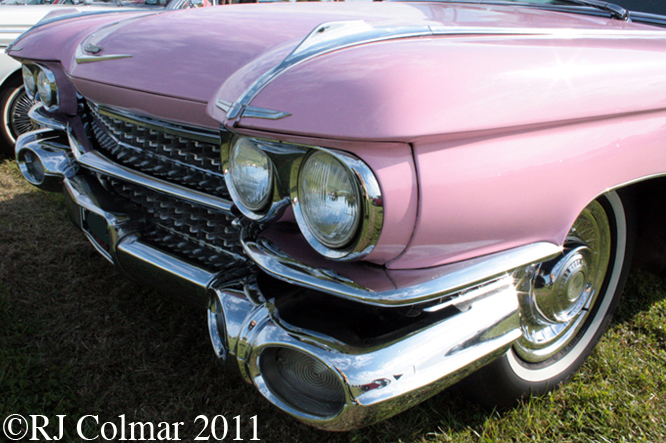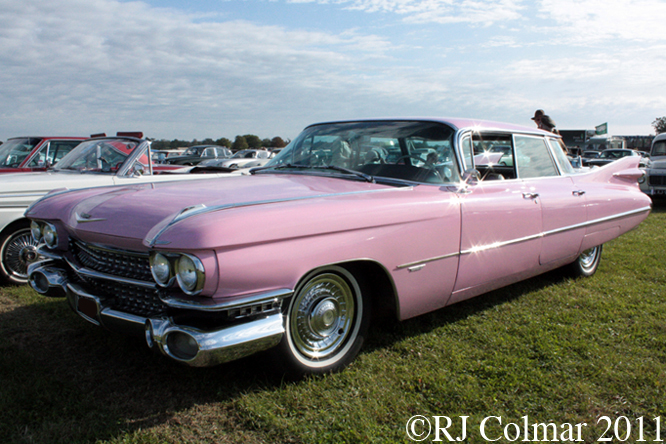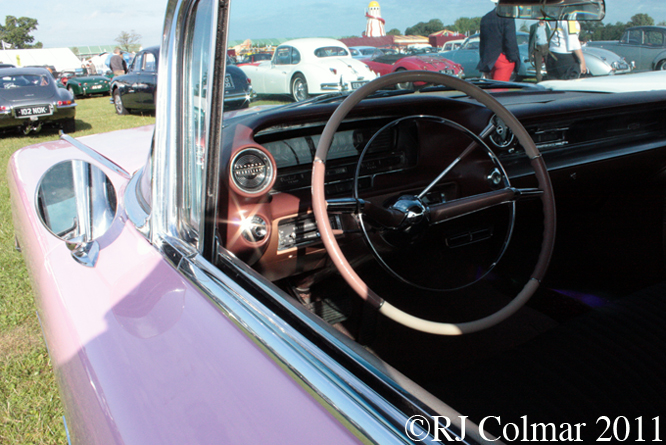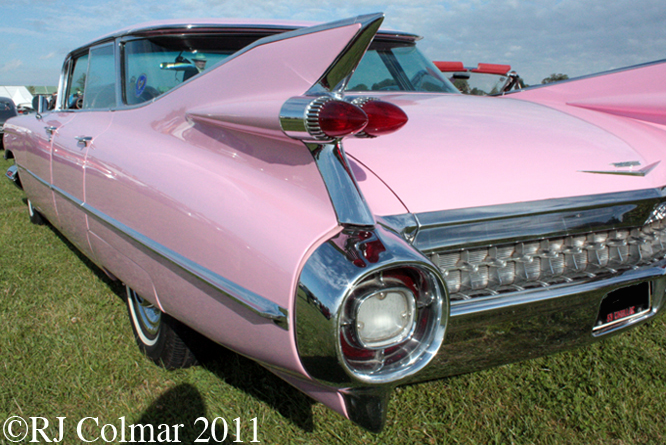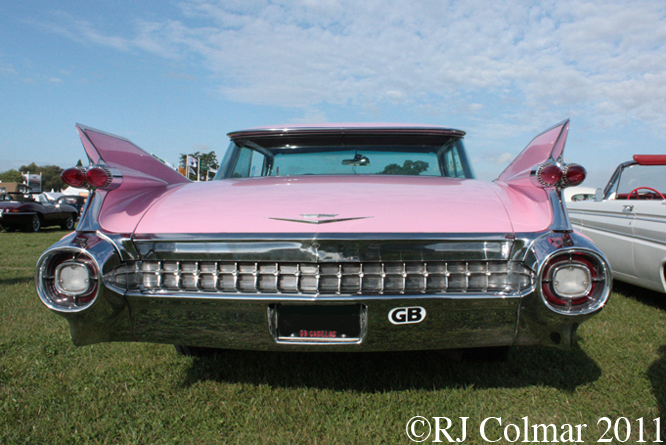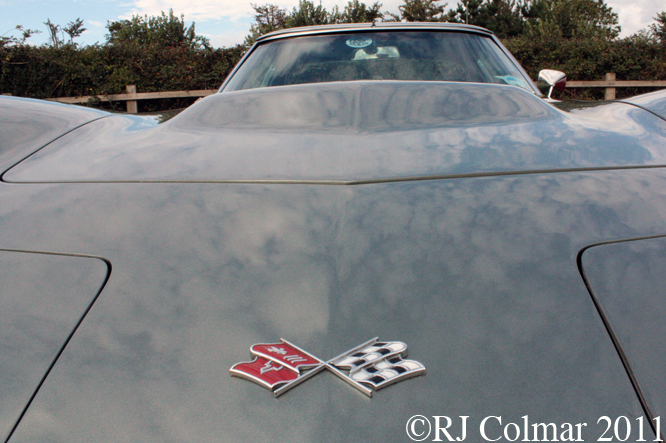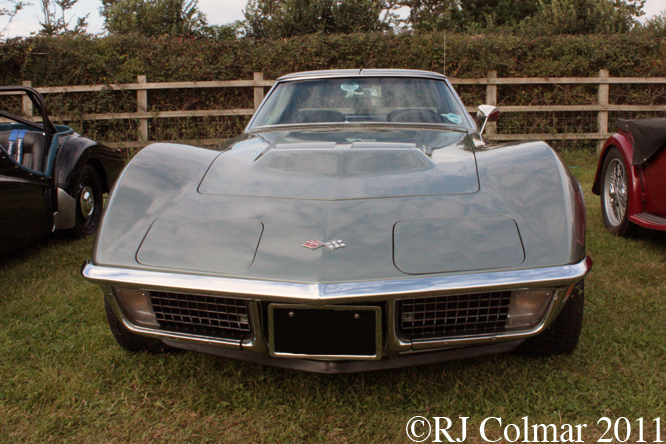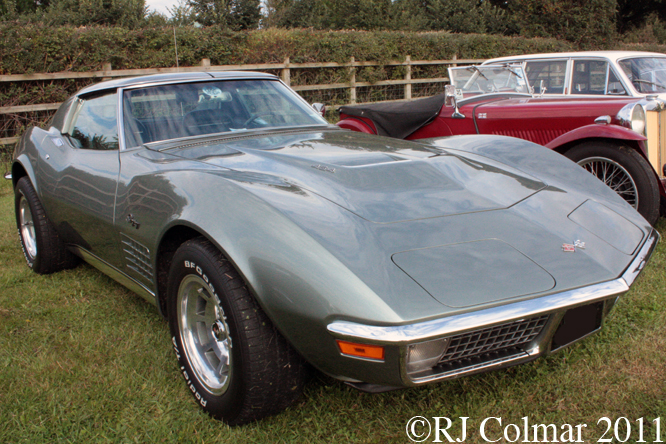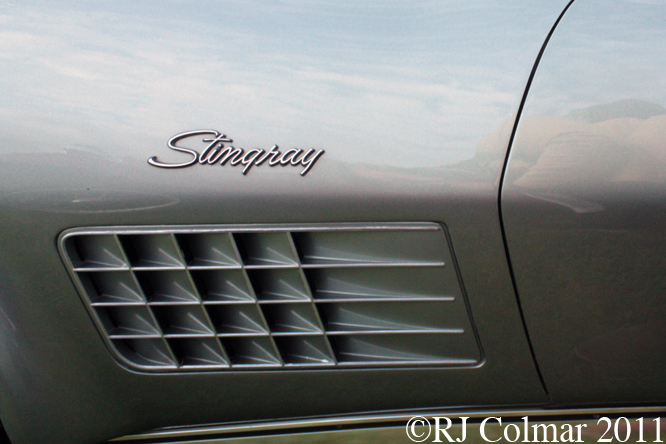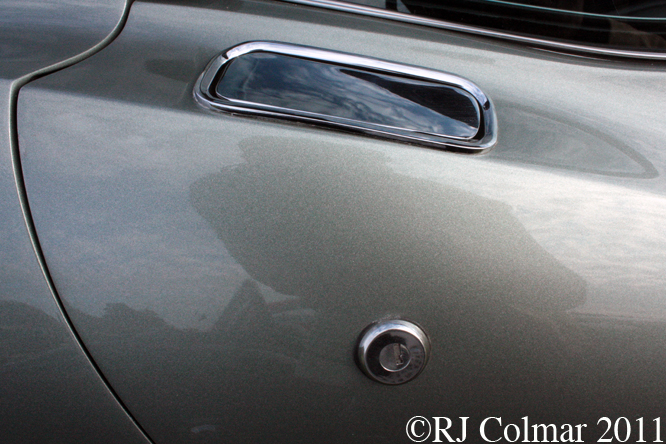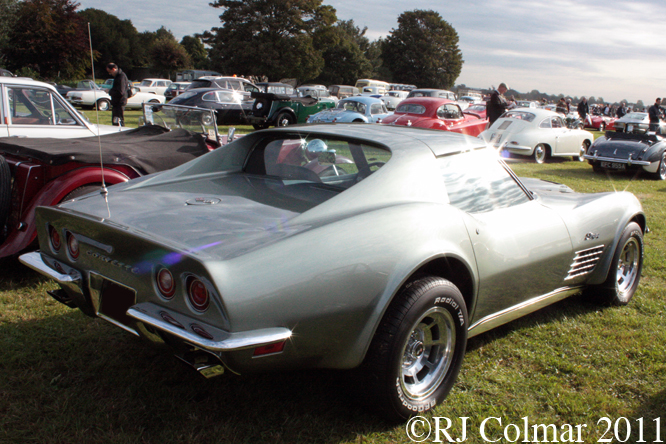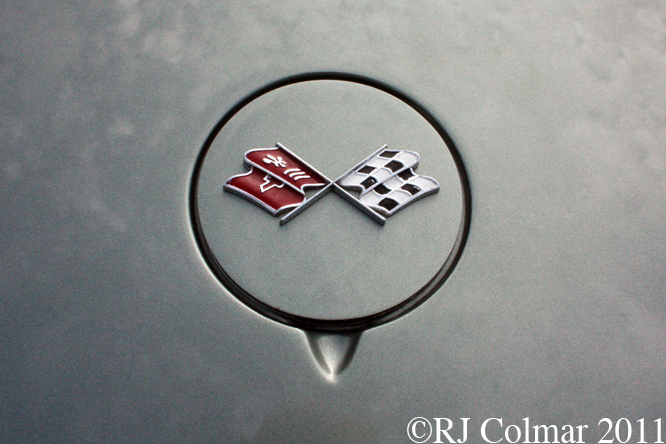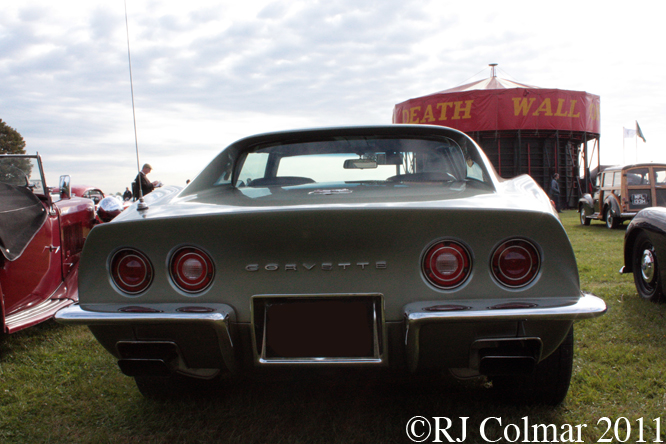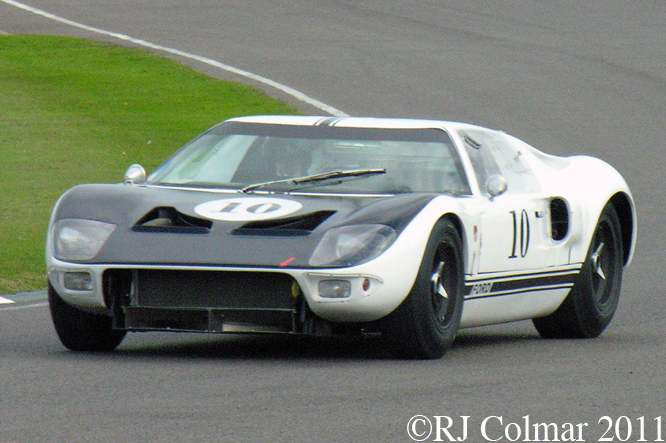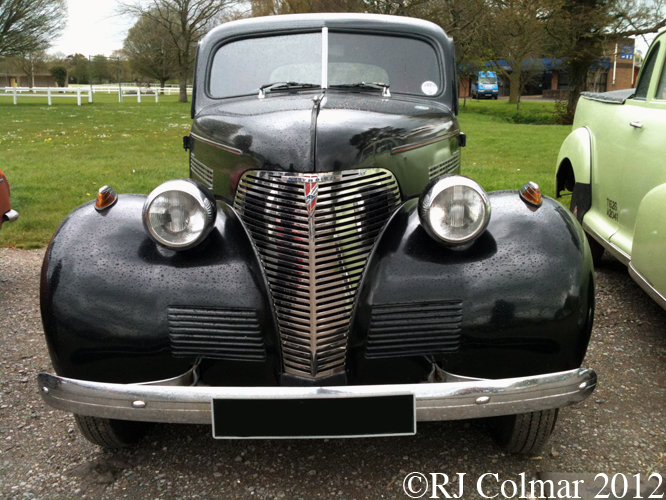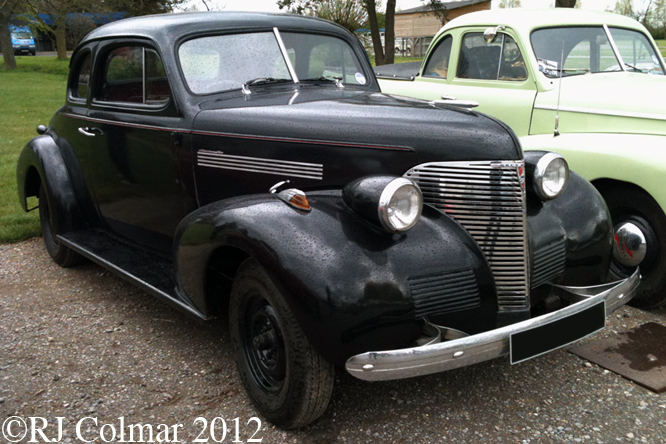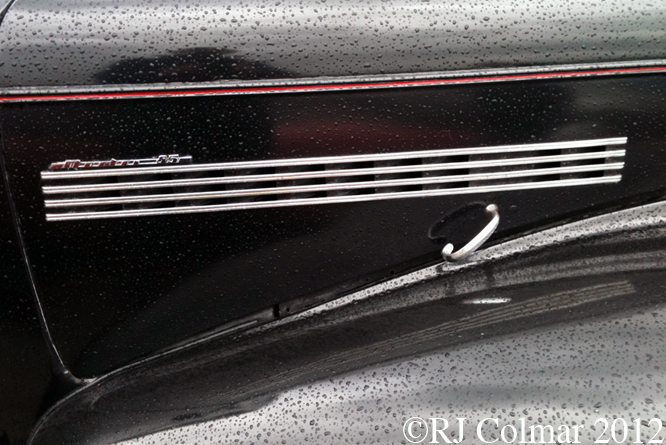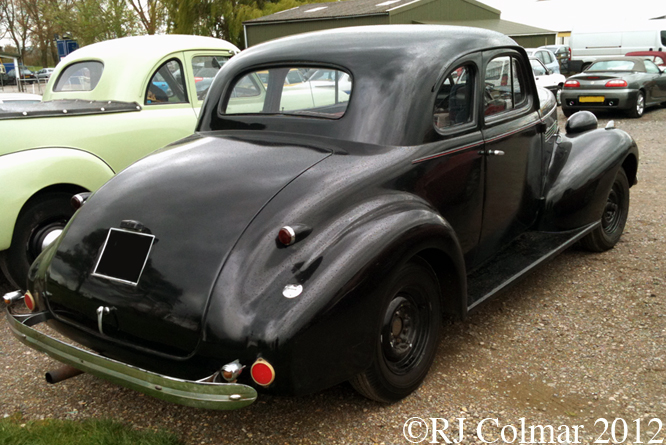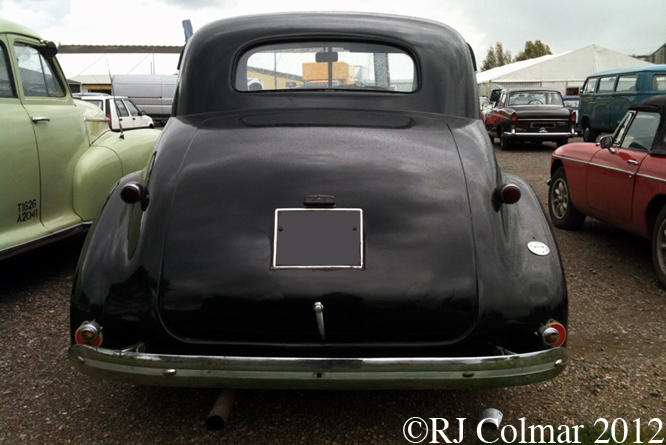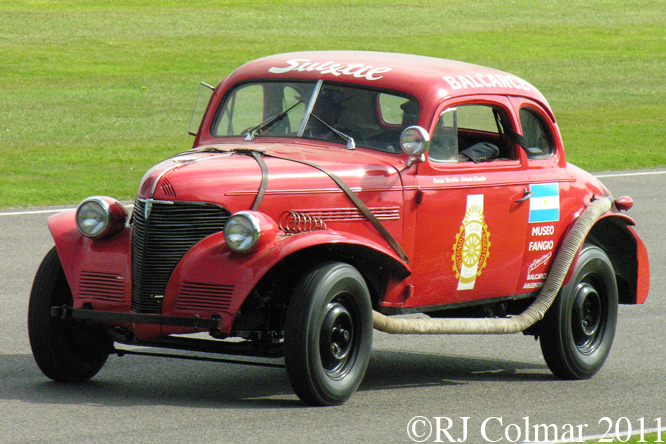Given that I have been blogging about MG’s most Tuesdays since at least January I don’t suppose it is that surprising that I noticed so many MG’s at Goodwood at the weekend. Here is a cross section of what I saw in the classic car park and a couple from the race track.
Oldest of the MG’s I saw was probably this 1933 MG K3 driven by Howard Maguire, it was in fact one one of two that appeared during practice for the Brookland’s Trophy on Friday.
What looks like an MG J2, above, with its cycle type mudguards, turns out to be a 1934 MG PA which is still used in competition.
The easiest way to externally differentiate an MG PA from an MG PB are the vertical slats of the PB’s grill which can be clearly seen on the 1936 PB seen above. The PB also has a 950 cc motor against the 847cc of the PA.
Like the MG PB the MG VA has not appeared in a GALPOT blog before, but will appear in the coming weeks so I’ll spare any further details until then.
I don’t have a year for the MG TC above but it was built somewhere between 1945 and 1950 being the first MG model to go into production after World War II.
From 1950 to 1953 the MG TC was replaced by the MG TD, like the 1950 example above, which used much of the running gear of the TC but the chassis and suspension from the MG Y-Type Saloon / Sedan.
Rupert Keegan and Julian Thurgood shared this MG ZA Magnette for the St Mary’s trophy races. For some reason it is incorrectly described in the programme as a Mk 3 Magnette Farina with a 1840 cc motor.
Identifying the the vehicle above I have noticed a major error in my MG A 1600 Mk II blog, the photo’s I used were all of an MG A 1600 without the distinctive lower grill seen on the MG 1600 Mk II above. This error has now been corrected. The car seen above comes from The Netherlands and I have been unable to identify the year of manufacture which will have been between 1960 and 1962.
Surprisingly this is the first non fedral spec Midget I have come across since I started collecting photo’s for ‘Gettin’ a li’l psycho on tyres’ the example above was built in 1965.
Rounding out this review of MG’s at Goodwood is this 1967 MG B Roadster which has been retrospectively fitted with a Rover V8 motor that was only made available from the factory with the MG B GT Coupé body between 1973 and 1976.
Thanks for joining me on this “Goodwood Revival 2012 – #2 MGs” edition of “Gettin’ a li’l psycho on tyres”, I hope you will join me again tomorrow when I’ll be looking at some of the Continental Curiosities at Goodwood over the weekend. Don’t forget to come back now !

